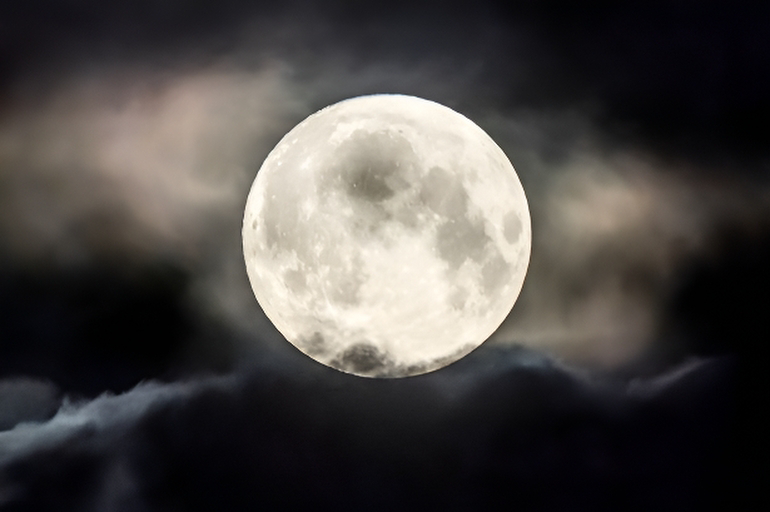Intriguingly, Dr. Shannon Schmoll, the esteemed director of the Abrams Planetarium at Michigan State University, sheds light on the fascinating phenomenon of the supermoon. This awe-inspiring event occurs when the moon, on its orbital journey around our planet, encounters points where it is either a tad closer or slightly farther away. Consequently, when the moon reaches its full phase at a juncture closer to Earth, it appears minutely larger, giving rise to the enchanting supermoon. Although the naked eye might not instantly discern the size disparity between a supermoon and a standard full moon, the discerning eye of The Old Farmer's Almanac estimates the first full moon of summer to be more luminous and positioned approximately 224,895.4 miles (361,934 kilometers) away from our planet.
Adding an alluring touch to this celestial extravaganza, July's full moon is also known as the "buck moon." As the almanac reveals, this name is derived from the annual cycle of male deer, during which their antlers undergo a remarkable process of shedding and regrowth. Yet, this is not the only name bestowed upon this captivating moon by Native American peoples. Western Washington University shares that there are numerous alternative names, such as the "hot moon," denoting the warmth of summer weather, while others like the "raspberry moon" and "ripe corn moon" signify the optimal times for fruit and crop harvesting.
The enchantment does not conclude with July's supermoon, for 2023 has more lunar wonders in store. Surpassing the usual number of 12 full moons, this year will boast a remarkable 13 lunar events. August will witness two supermoons, among which will be a mesmerizing blue moon, drawing closest to our Earth during this celestial year, as divulged by The Old Farmer's Almanac. Alas, even as the summer bids farewell, the celestial spectacle continues, with the grand finale of the fourth and final supermoon rising on September 29, an event that promises to leave stargazers in awe.
Indeed, the year 2023 beckons with a celestial pageantry that is not to be missed. The captivating brilliance of July's supermoon will inaugurate this celestial fiesta, gracing the night skies with its luminous splendor. So let us mark our calendars, prepare our eager gazes, and revel in the majesty of the heavens as they unveil their dazzling array of lunar wonders throughout the year.





0 Comments